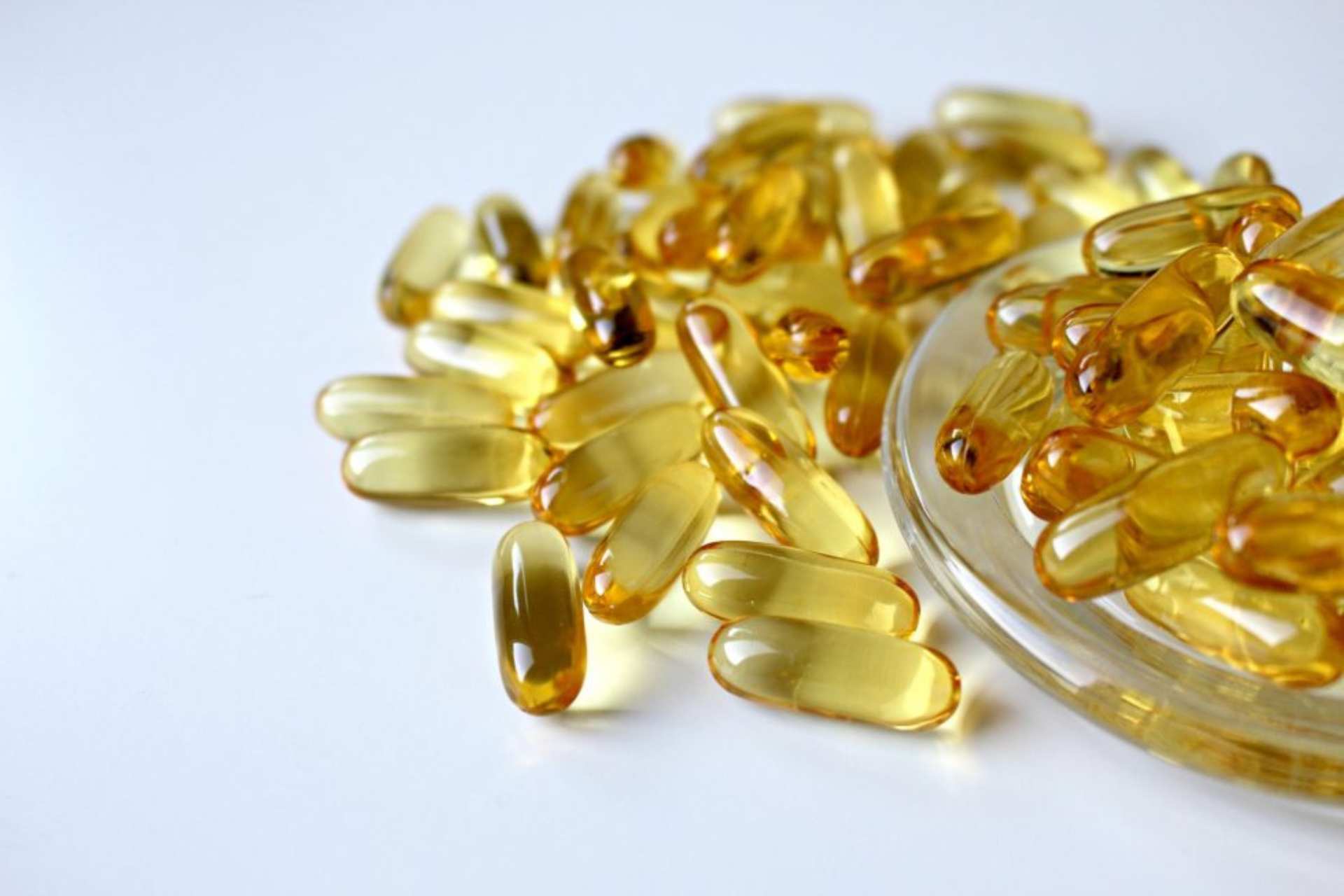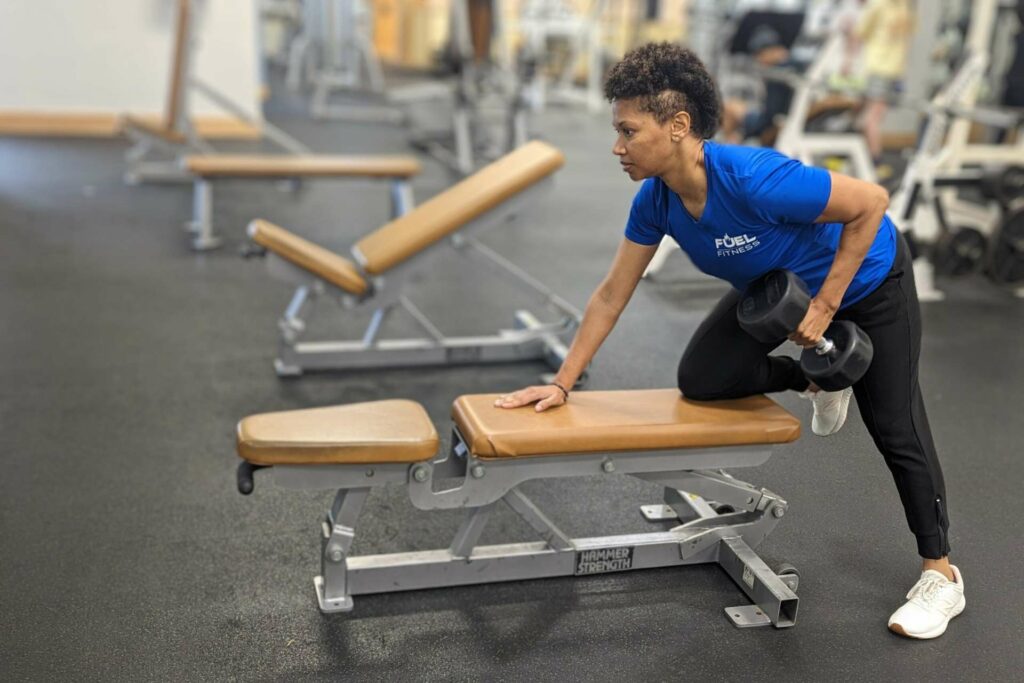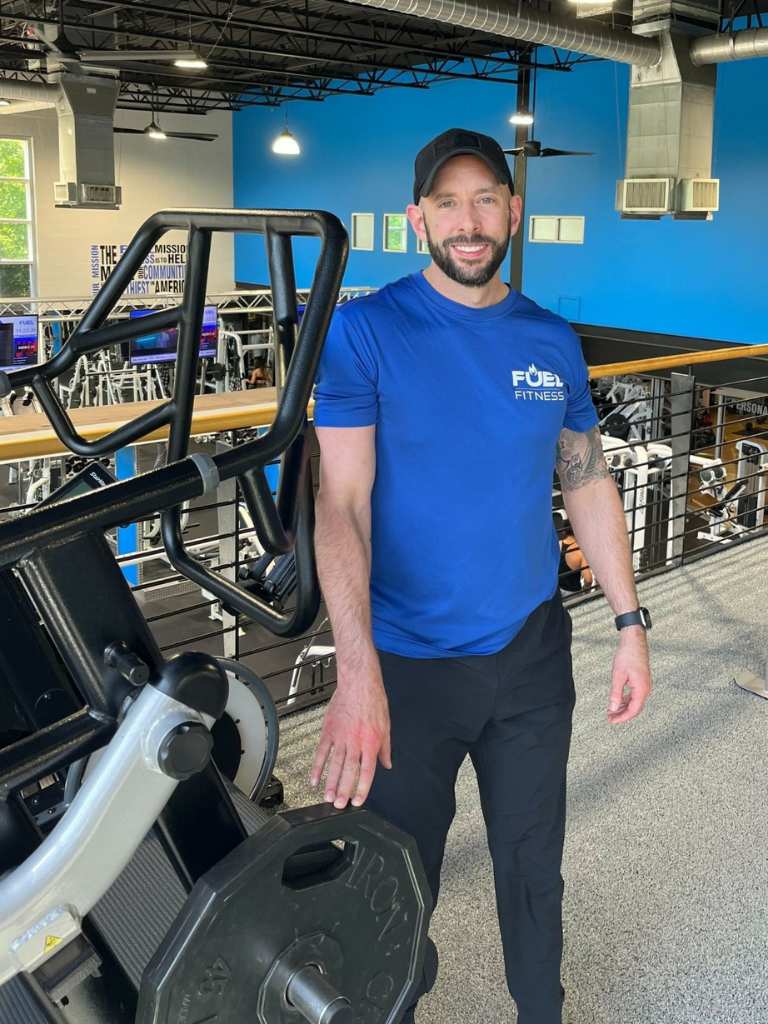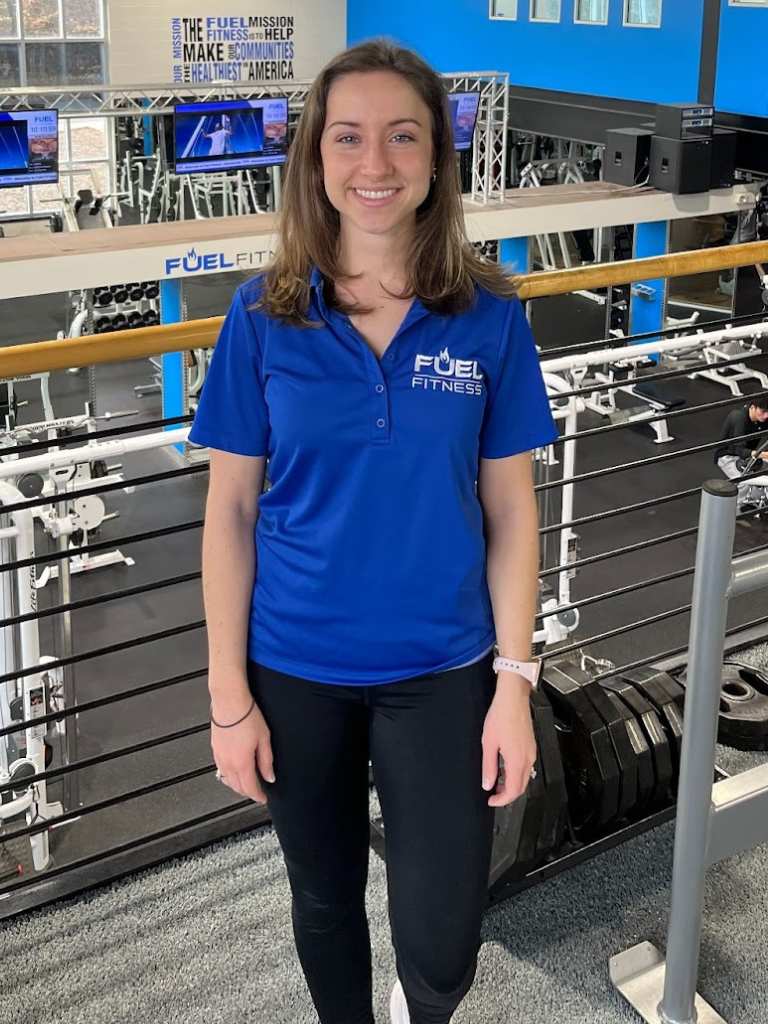For years, we’ve been told that omega-3 fatty acids are good for our health. And it’s true! But do you know if you’re getting enough of this healthy fat?
Today, we’re going to break down omega 3s for you. We’ll tell you all about what it is, how you can get it into your diet, and how your exercise will benefit from it!
If you want to find out more about this healthy, hearty fat, keep reading!
What Are Omega 3 Fatty Acids?
Essentially, omega-3 fatty acids are healthy fats. They’re polyunsaturated fats, which means they won’t clog your arteries or increase your cholesterol. We need them for all types of bodily systems, including the brain and cardiovascular systems.
There are 3 different types of omega-3s that can be found in our food. There is alpha-linolenic acid (ALA), eicosapentaenoic acid (EPA), and docosahexaenoic acid (DHA).
ALA is found in most plant sources with omega-3s. This is how we get most of our omega-3. It’s found in all types of food, from nuts and seeds to vegetables.
As an essential fatty acid, our bodies can’t produce it by itself, which is why we get it from plants.
EPA is a marine fatty acid usually found in fish or algae. Consuming fatty fish is a good way to get this omega 3.
DHA also usually comes from fish and is the most important omega 3 for our body. It’s essential for helping our brain develop properly and maintaining good eyesight.
Sometimes, we’re able to turn ALA into EPA or DHA, though this is usually an inefficient process for our bodies.
Benefits of Omega 3 Fatty Acids
Omega 3 fatty acids are known to be beneficial to your brain and cardiovascular system. As a healthy source of fat, it not only provides your body with the energy it needs, but it does so without increasing your cholesterol or blood pressure. Unhealthy fats have been liked to heart disease, diabetes, and even strokes.
These healthy fats help maintain proper cardiovascular health by promoting good blood flow and heart health.
Where You Can Get Omega 3 Fatty Acids
Nutrition starts with balance. With any balanced diet, you need healthy fats. Foods that have omega-3s are great because they provide us with energy throughout the day and the fuel our bodies need to function properly.
These are only a few ways you can incorporate omega-3s into your diet.
Seafood
While most seafood has some omega-3 fatty acids, fatty fishes usually have the most. Fish are not only a good source of omega 3s, but they are also full of protein and contain vitamin D as well. A lean protein, fish is great if you’re looking to cut back on the unhealthy fats.
Salmon, sardines, tuna, and mussels are all great sources of Omega 3s. You won’t find as much Omega 3 in fish that are leaner like mahi-mahi, cod, or tilapia, but they are still good for you.
Nuts & Seeds
One of the easiest ways to get in those healthy fats is through a snack of nuts or seeds. Whether you have a handful in between meals or sprinkle some on a smoothie or bowl of oatmeal, there are so many ways to enjoy nuts and seeds.
Nuts like almonds, macadamia nuts, and walnuts have been shown to have exceptional amounts of omega 3 fatty acids.
Flax and chia seeds are also known for being one of the most omega-3-packed foods out there. Ground up, these little guys provide the most benefits. These nuts and seeds provide those ALAs that we mentioned earlier.
Beans
Edamame (soybeans), navy beans, and kidney beans are great examples of how beans are a good source of omega-3s. Not only do beans contain this healthy fat, but they’re also a good source of plant protein.
You can cook them in soup, eat them plain, or add them to a salad! The benefits are plentiful and the possibilities are endless.
Oils
Finally, you can also get omega-3 fatty acids from your cooking or baking oils as well. Flaxseed, soybean, coconut, and canola oils have been known to have healthy amounts of good-for-you fats.
Just be careful when using these as you’ll want to stick to the recommended serving sizes.
How Omega 3 Fatty Acids Help You Exercise
Fitness and omega 3s go hand in hand.
We already know they give us the energy to function and move our bodies, but what else do omega 3s do for us when we exercise?
Recovery
Omega 3 fatty acids are known to reduce inflammation within the body, which is also true post-workout.
When you consume a healthy amount of omega-3s, you have less muscle swelling and soreness, and a greater range of motion when you work out. They can speed up the recovery process and get you working out better and more consistently, so sore muscles are no longer an excuse!
Vasodilation and Oxygen Intake
The anti-inflammatory nature of omega 3s has also been shown to possibly increase your lung capacity and reduce the chances of exercise-induced asthma.
It may also help because it’s great for your cardiovascular system, which is better able to absorb oxygen from the blood when your heart is healthy and vessels are clear.
Omega 3s also acts as a vasodilator, which increases blood flow and cell function when you’re exercising. Vasodilation decreases your blood pressure, which usually happens when you’re working out because your heart and cardiovascular system are working harder to get oxygen and nutrients to your cells. This in turn can help your endurance and lung capacity in the long run.
Incorporating Omega 3 Fatty Acids Into Your Diet
The incorporation of more fatty acids into our diets is a change we could all make.
By consuming omega 3s, not only can you be sure you’re filling your body with healthy fat, but you’re giving it the fuel it needs to work as it should.
Exercise is essential for a healthy lifestyle, and with omega-3 fatty acids in your diet, you can fuel those workouts and live a healthy life! If you want to read more about how you can live your healthiest life, check out our blog for more information!



















